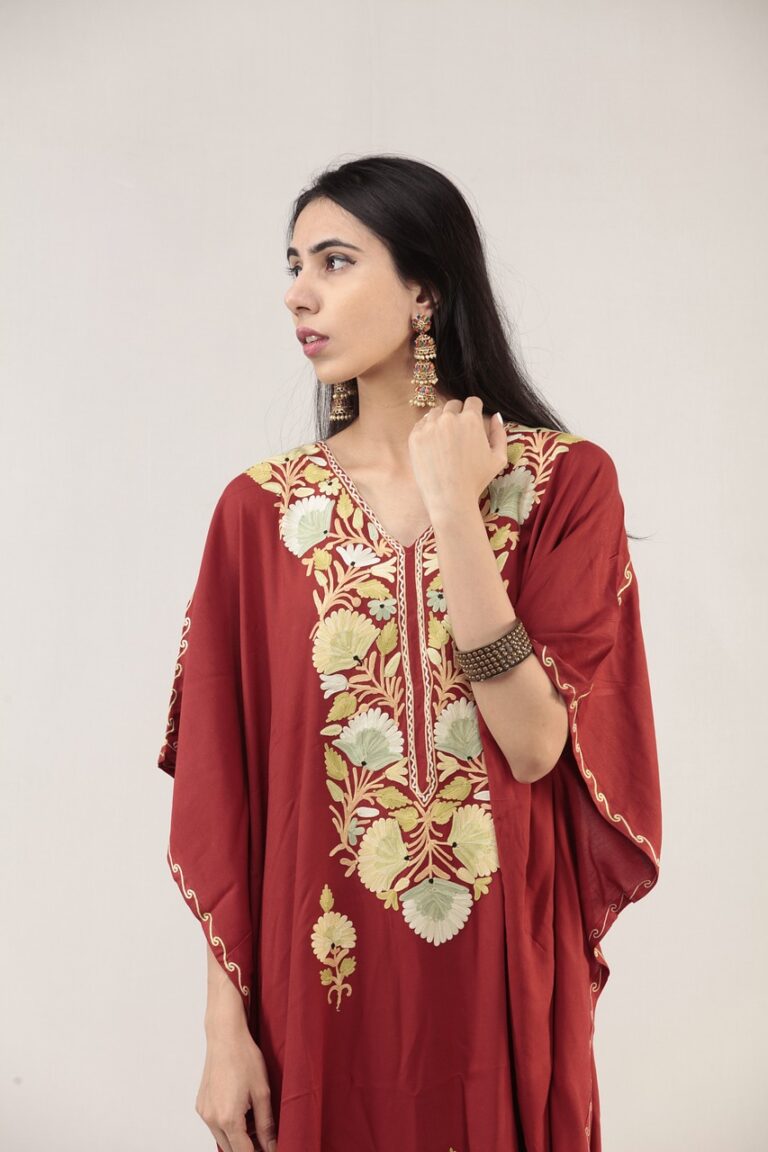Fashion and Cultural Appropriation: Navigating the Fine Line Between Appreciation and Appropriation
Fashion has always been a way for individuals to express themselves, but it goes beyond personal style. Cultural significance plays a crucial role in fashion, reflecting traditions, values, and histories of different societies. From the intricate patterns of traditional textiles to the symbolism behind specific garments, each element holds a deeper meaning that connects people to their heritage.
By recognizing and incorporating cultural significance into fashion, designers and consumers alike can celebrate diversity and promote inclusivity. It is essential to understand the origins and stories behind different clothing styles or accessories to appreciate the richness of various cultures. Fashion can be a powerful tool for cross-cultural understanding and appreciation, bridging gaps and fostering respect for the diverse identities that make up our global community.
Recognizing the Origins of Traditional Attire
When delving into the origins of traditional attire, it is essential to acknowledge the rich history and heritage embedded within each garment. These pieces often carry stories of generations past, representing customs, beliefs, and values that have been cherished for centuries. The intricate designs and craftsmanship seen in traditional attire showcase the skill and artistry of the communities that have preserved these sartorial traditions.
Furthermore, traditional attire serves as a tangible connection to one’s roots and identity, fostering a sense of pride and belonging among wearers. The distinct patterns, colors, and fabrics used in traditional garments often reflect the geographical and cultural diversity of a particular region or community. By recognizing the origins of traditional attire, we gain a deeper appreciation for the cultural nuances and significance encapsulated in each piece, ultimately fostering cross-cultural understanding and respect.
• Traditional attire carries stories of generations past
• Represents customs, beliefs, and values cherished for centuries
• Showcases skill and artistry of communities
• Tangible connection to one’s roots and identity
• Reflects geographical and cultural diversity
• Fosters cross-cultural understanding and respect.
Respecting the Symbolism Behind Cultural Garments
When it comes to cultural garments, it is essential to recognize the deep-rooted symbolism and significance they hold within communities. From traditional attire worn during ceremonies to everyday clothing choices, each garment often carries a rich history and meaning that reflects the values and beliefs of a particular culture. It is important to approach these garments with respect and understanding, acknowledging their importance beyond just aesthetics.
By taking the time to learn about the symbolism behind cultural garments, we can cultivate a greater appreciation for the diversity and uniqueness of different traditions. These garments are more than just fabric and design – they represent stories, rituals, and identities that have been passed down through generations. Embracing the symbolism behind cultural garments allows us to connect on a deeper level with the heritage and experiences of others, fostering empathy and a sense of shared humanity.
Why is it important to understand the cultural significance in fashion?
Understanding the cultural significance in fashion helps promote cultural awareness and appreciation, while also avoiding cultural appropriation.
How can we recognize the origins of traditional attire?
By researching and learning about the history and customs of different cultures, we can recognize the origins of traditional attire and appreciate their significance.
Why is it important to respect the symbolism behind cultural garments?
Respecting the symbolism behind cultural garments shows appreciation for the traditions and values of a particular culture, and helps avoid misrepresentation or disrespect.







